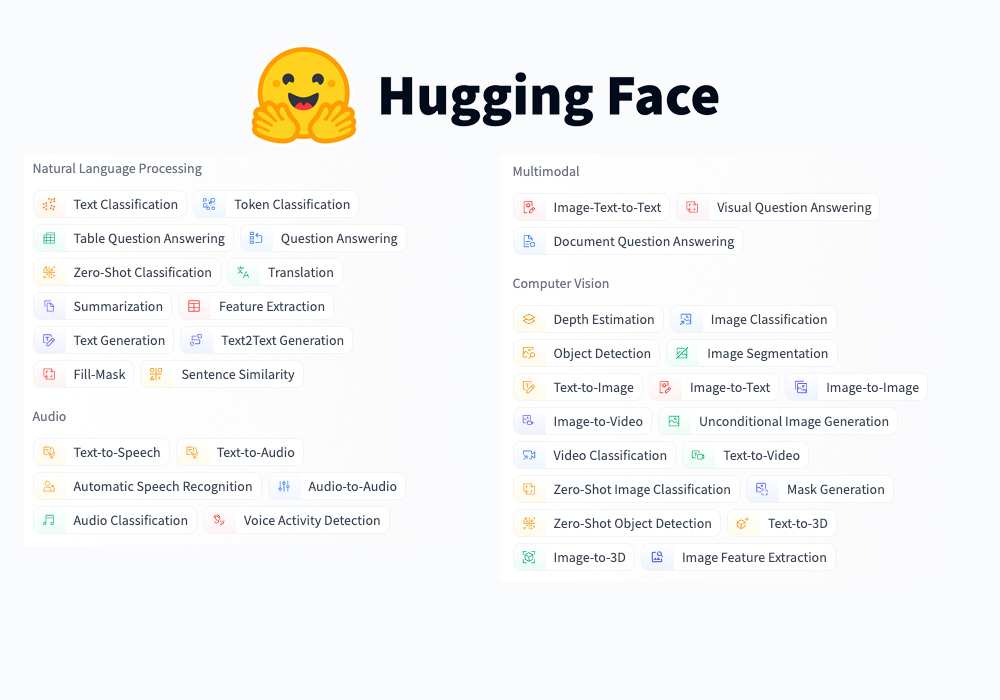Artificial intelligence (AI) is no longer a fad. It is a technology that’s having an impact on every industry including journalism. Most people have a fear of AI replacing them in the workforce. Although this is a possibility and will happen to some extent in almost all industries, there is also a massive opportunity to harness it’s power to create practical tools that can save you time and improve your quality. With Hugging Face, a leading hub for AI technology, journalists are now accessing thousands of open-source models that streamline reporting, enhance investigative techniques, and bring innovative storytelling methods to the forefront. This article explores the variety of models available on Hugging Face and how journalists can leverage these tools to transform their craft.
The Power of Language Models
One of the most significant contributions of Hugging Face to journalism is its array of language models like Llama from meta and GPT (Generative Pre-trained Transformer). These models are capable of understanding and generating human-like text, which can be utilized for automatic story writing, summarization of long documents, or even generating interview questions. Journalists are using these models to create more content efficiently, allowing them to focus on the critical aspects of storytelling and fact-checking.
Enhancing Content with Sentiment Analysis
Sentiment analysis models available on Hugging Face help journalists gauge public opinion and sentiment on various topics. By analyzing tweets, blog posts, and comments, journalists can get a sense of the public’s feelings towards current events or political figures, which is invaluable for both reporting and investigative journalism. This AI-powered insight into human emotions offers a nuanced understanding that goes beyond traditional polling and surveys.
Multimedia Assistance Through Image and Video Models
Hugging Face also extends its capabilities to multimedia content with models that can analyze and generate images and videos. These tools are particularly useful for journalists working in visual media. AI can automatically tag and classify vast amounts of visual data, detect objects and faces in images, and even generate captions, enhancing the visual storytelling elements without requiring extensive manual effort.
Real-time Language Translation
Global journalism requires communication across different languages, and Hugging Face’s machine translation models are pivotal in this area. These models allow for real-time translation of text and speech, enabling journalists to report on and share news from around the world without language barriers. This not only speeds up the reporting process but also increases the accuracy of translated content.
Where to Learn AI Journalism Tools
Understanding and applying AI in journalism might seem daunting. However, Hugging Face lowers this barrier with extensive documentation, tutorials, and an active community forum. These resources are designed to help journalists with varying levels of technical expertise. Beginners can start with basic tutorials that introduce the concepts of AI and machine learning, while advanced users can delve into specific models and their applications.
Conclusion
The integration of AI through platforms like Hugging Face is transforming journalism, making it more efficient, accurate, and diverse. As AI continues to evolve, so too will its applications in newsrooms around. For journalists willing to embrace these changes, Hugging Face offers the tools and support needed to stay at the cutting edge of news reporting. By harnessing the power of open-source AI models, journalists are not only keeping up with the times but are also shaping the future of their profession.








